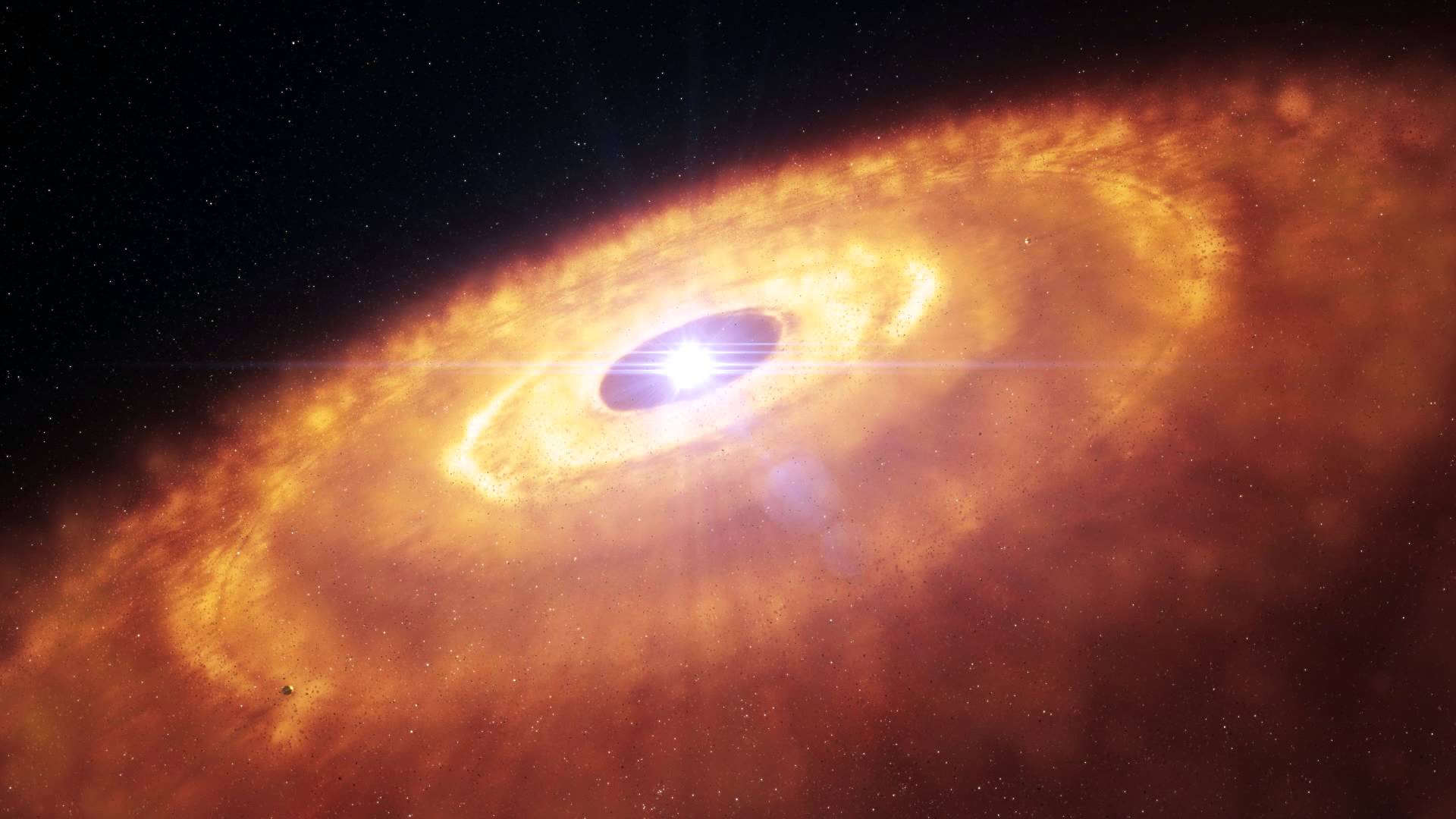Here is a bit of background of our own solar system from wikipedia.
This will serve as a reference point for the differences in what they are observing from the one in the video:
The Solar System[a] comprises the Sun and the planetary system that orbits it, either directly or indirectly.[b] Of those objects that orbit the Sun directly, the largest eight are the planets,[c] with the remainder being significantly smaller objects, such as dwarf planets and small Solar System bodies such as cometsand asteroids.[d] Of those that orbit the Sun indirectly, two are larger than the smallest planet.
The Solar System formed 4.6 billion years ago from the gravitational collapse of a giant interstellar molecular cloud. The vast majority of the system’s massis in the Sun, with most of the remaining mass contained in Jupiter. The four smaller inner planets, Mercury, Venus, Earth and Mars, are terrestrial planets, being primarily composed of rock and metal. The four outer planets are giant planets, being substantially more massive than the terrestrials. The two largest, Jupiter and Saturn, are gas giants, being composed mainly of hydrogen and helium; the two outermost planets, Uranus and Neptune, are ice giants, being composed largely of substances with relatively high melting points compared with hydrogen and helium, called ices, such as water, ammoniaand methane. All planets have almost circular orbits that lie within a nearly flat disc called the ecliptic.
Do you have any theories on early solar systems, either about ours or others you may have read about?
Feel free to comment!
